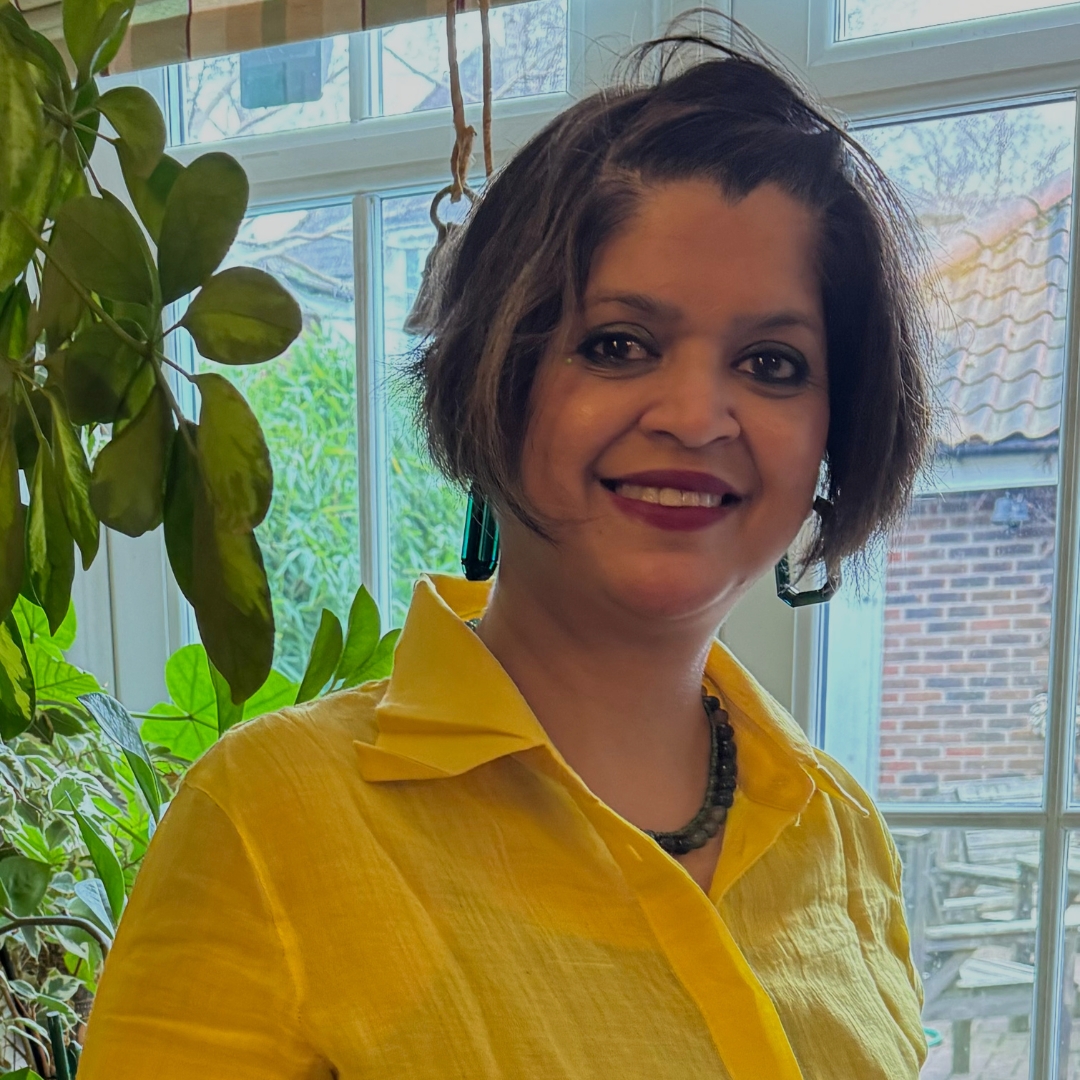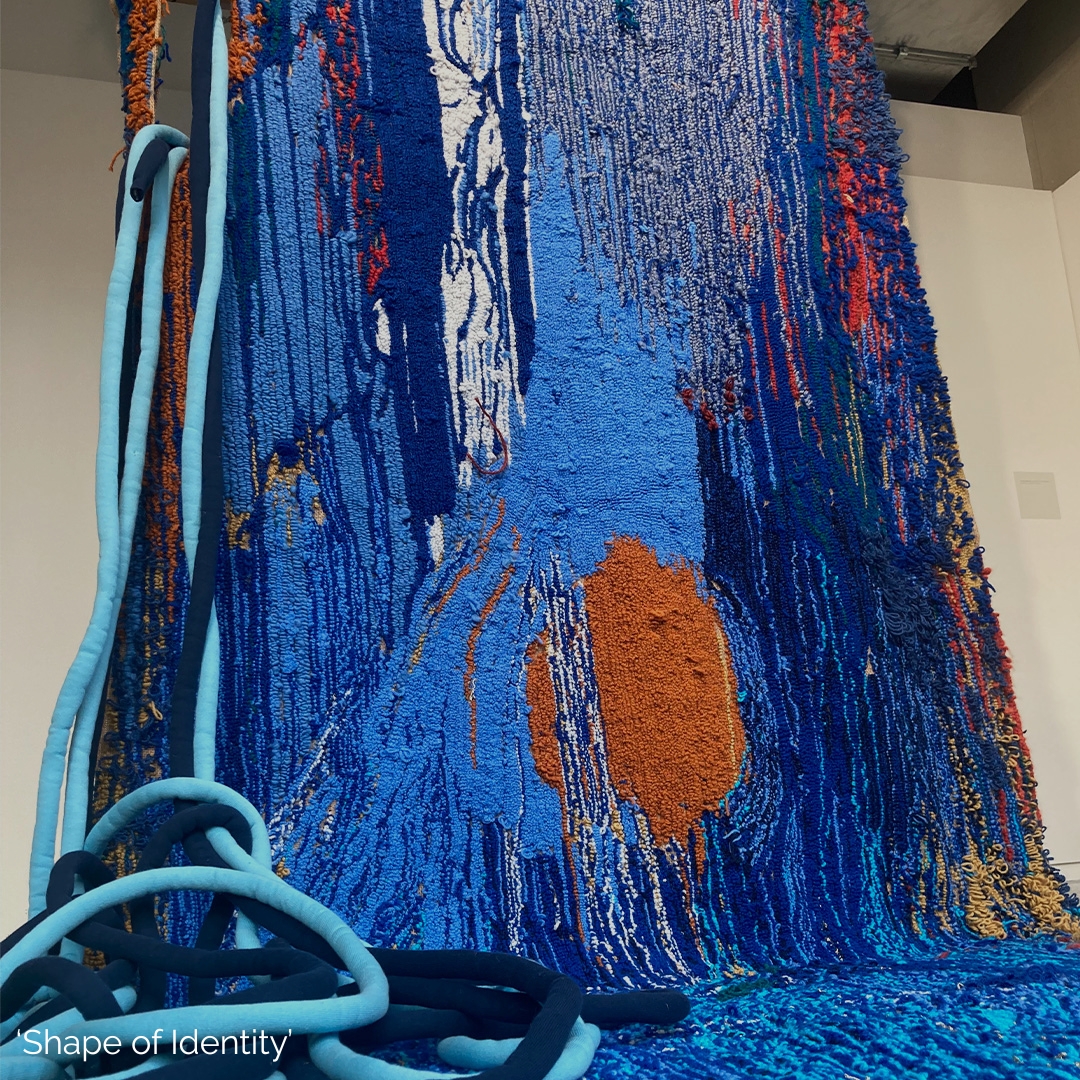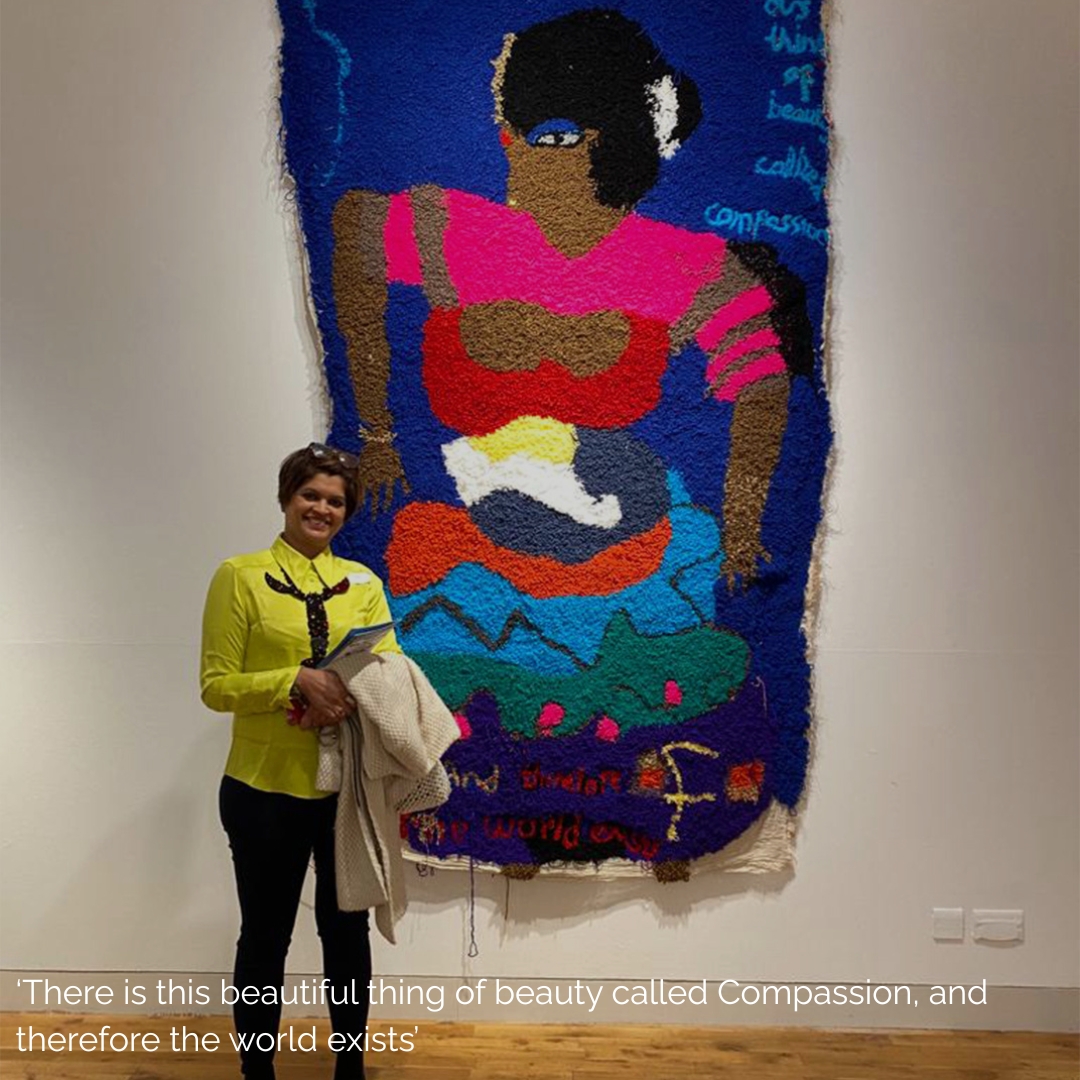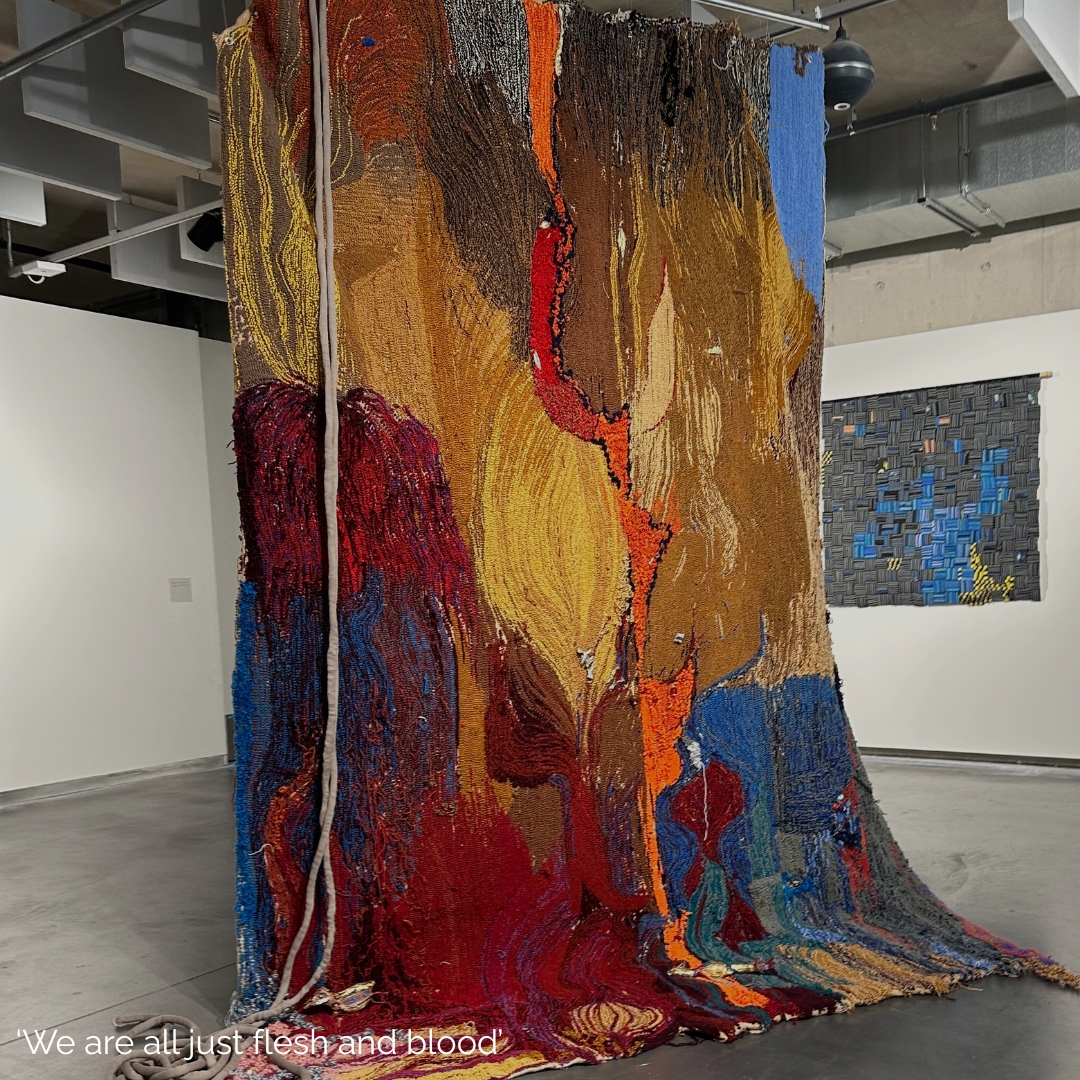Artist Breakthrough Moments | In Conversation with Divya Sharma
The VAA recently sat down with London-based British-Indian Artist Divya Sharma to discuss her recent breakthroughs and achievements. Divya is a tufted textile artist, and winner of the VAA International Scholarship Prize, her work is about place-making and imagining. Through her tapestries she explores collective memory, ancestral knowledge, and the representation of femininity.
Keep up-to-date with Divya’s work: @divyasharmastudio
There were several ‘turning points’ in my mind on how I viewed my art journey. The first turning point was when I started courses art classes in the Putney School of Art and Design after moving to the UK in 2009. This became a second home to me in a new country where I was able to make friends, integrate into society through my colleagues/ tutors through these classes. I did a diploma here which was like a Foundation Course, and I enjoyed it so much that I knew I had to apply for a full time BA course. Getting in the Wimbledon College of Art in my 40s and hanging out with young 20 somethings in the college was I think the best 3 years of my life!
Most of the tutors and technicians happened to be graduates of the Royal College of Art (RCA). So, of course, I had to apply there just to see if I had in me. Mind you, I had done the BA course in Painting but now applied for an MA in Sculpture in the RCA. I was ecstatic when I heard I had secured a place there.
At the RCA, it was an intense first 6 months (of a 2-year course) working towards an interim show at the end of those 6 months. I mention 6 months especially because at the end of that period, we had the lockdown due to the Covid-19 Pandemic! I think in terms of a proper turning point I would say this was the one.
Many of my colleagues deferred completing their course as now everything was to be done online but I chose to continue. We had crits online/ technicians helping us online and if we needed to get work done in the college, we had to deliver the material in the drop off room to collect it later.
This was when I decided to seriously work with textiles. My mother was a textile artist, and I have grown up watching her work every day. So, I think that’s why ideas kept developing and with recognition and shows that followed there was no looking back
Looking back, was there a moment when you felt your art practice shifted from a passion into something more professional or career-focused? What did that transition feel like?

Since receiving the VAA Scholarship Award and joining the mentorship programme, how have things changed for you creatively or professionally?

I am thrilled to have been selected amongst such accomplished artists and by such a formidable panel of judges! I had the most amazing one to one with Shirley-Ann which was so reassuring and helpful. I was given access to an online course for Art Curation that I can access at any time to go over. I am looking forward to a group session for all the awardees about the scholarship process. I have been lucky to have come across such amazing people (judges, curators, art institution founders) who have acted as mentors and well-wishers, and I count VAA as one of them for which I am truly grateful.
I think its important for all creative professionals to understand that having an art practice is for life. If you have the urge to ‘make’ – whatever the genre, one should be ready for the long haul as they say, and as we go along, we do need to keep reinventing ourselves within the confines of our genres and mediums.
For me personally, it is important for me not to judge the initial process of figuring out, experimenting, understanding the limits to the material and one’s own personality. It is not called an art ‘practice’ for nothing. The act of working consistently in the studio with the medium of choice means that at some point there will be a breakthrough. The path will open to show the way to the next level and it is important to keep a watch out for this. It may only be psychological, where you may feel less anxious about the outcome but even this is a ‘win’. Paula Rego famously said “I paint to give a face to fear”. So all I would say in a nutshell would be to ‘trust the process’.
Many artists hit a wall when stepping into new territory—whether it’s a new medium, exhibition, or public recognition. What advice would you give to artists facing that kind of leap?

What does a ‘breakthrough’ mean to you right now—are you still chasing one, or do you see your journey as more of a continuous flow?

My practice is definitely fueled by an internal drive. Having said that, the highs I experience in attending my show’s opening events, getting feedback from people both positive and negative, makes me feel a kind of relevant that no other job or accolade has ever given me. Breakthroughs, as I have heard from more established artists, are a moving target. You achieve one, then you are ready for the next one! So for me, as long as there is a sense of progress, I am happy to be patient.
My goal is to be part of the ‘A’ grade artists, have access to speak with them, learn from them and be part of their stratosphere. Also, I would love to be able to live off of my art practice alone. At the moment I have a full time job along with my studio practice. That means not having a social life, no weekend breaks, no holidays, or time for anything else.
My advice to fellow emerging artists would be the same advice I follow for myself: treat your practice as sacred. Have a loving relationship with your creative brain. Treat your creative brain as a separate entity that needs to be protected and nurtured – protected from judgement, pressure to perform at all times, pressure for success or fame. When we detach our practice from the strappings of ‘success’, however we define it, we learn from the process to understand our own creative impulses, the patterns of our choices of themes, mediums and materials. We watch ourselves evolve as we gain expertise and confidence in our decisions and ideas. The thread that ties all these elements together is the energy we put into the practice and the joy we derive from this!
What advice would you give to fellow emerging artists navigating the early stages of their careers?

See more of Divya’s work: www.artbydivya.com
Do you have your own breakthrough moments to share? We want to hear from you! Email hello@visual-artists.org for more about our Artist Profiling Service.
